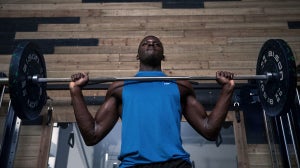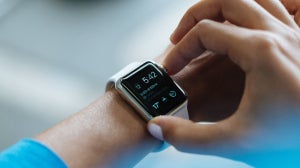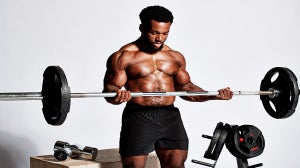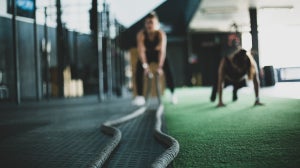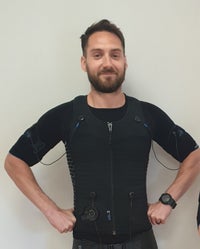
Written by Jack Boardman
Best Exercises For Knee Recovery
Injuries to any joints can be incredibly debilitating, but when you suffer an affliction to your knee it can impact upon your sporting performance and exercise in ways you might not have realised.
Aside from a limp and perhaps the inability to run or put any pressure on that leg, a knee injury can also cause upper body work outs to suffer as a result of imbalance and a lack of lower body strength. When weightlifting, any lifts that require you to stand or balance with your legs may be out of the question. In terms of cardio, anything that involves impact affects your ankles, knees and hips so even light running can be off limits.

Knee injuries come in many forms, each requiring different methods of rehabilitation and medical attention. Recovery also depends on an individual’s ability to heal, so when it comes to time expectancy and the right solution for you, it is of course imperative that you follow your doctor and physio’s advice. The following is based on personal experience following a dislocated patella and a prior routine of regular cardio and weight training. However, there are facts to be shared for anyone who is trying to rebuild their leg strength following an injury or time away from regular exercise.
A physio will at first work to get your leg moving as it should. This means building the muscles in your leg, particularly around the knee, as well as exercises that get it functioning properly.
When you’ve suffered an injury, it’s quite normal for your leg to be stiff and inactive due to pain and weakened muscles. While it is tender, putting any kind of pressure on it can be a problem, so the trick is to build up with exercise that won’t impact the knee but will require it to move. Walking and jogging may be out of the question, but a light, easy setting on a cycling machine is a good place to begin extending and bending your leg.

As you develop, cardio machinery that doesn’t involve your leg losing contact with the pad or pedal is best (minimising impact) so stick to the likes of cross trainers and cycling machines. As you develop, stepping machines will take this one step further; there will be more impact as your leg leaves the steps, but as steppers are based on resistance over speed, this will more smoothly strengthen your muscles.
The aim is to build up your mobility and strength. You’ll likely see a noticeable difference in your ability to straighten and bend your leg and also in its appearance as your muscles begin to develop. When you’re up to it, the next step is to gently, gradually build your tolerance to impact. Very light jogging on the spot, moving from foot to foot, as well as walking in a swimming pool is a good place to start before you attempt to run. When you run you propel yourself, thus placing more force on your injured leg, so it should certainly be built up to very gradually before you launch your weight onto your afflicted knee.
Muscle building is just as important, whether you’re a body builder or not. Pack on the muscle. Your knee cap is held in place by surrounding muscles, so strengthening these will help with your stability. It’s best to consider each leg separately, as your injured knee will be weaker than the other and won’t be able to manage the same amount of weight. Weighted leg extensions and individual leg presses are best for building your quads without worrying about your ability to balance. But you should also throw in a few other non-weighted exercises, such as the below.

Lying on your side, raise your straight leg out and up. After ten reps, alter the angle so it’s slightly behind your lying leg, after ten reps do the same with your leg slightly in front. Try it with a resistance band too.
Squat from a sitting position. This is relatively easy enough without weights, but with an injured knee it will give you some indication of how you’re developing. When you’re feeling better, try a one-legged version of this.
Hamstring, calf and thigh stretches. You should be doing these anyway to ensure your muscles are limber, but particularly when you have a knee injury, it’s important to give the muscles surrounding the patella that extra TLC.
Our articles should be used for informational and educational purposes only and are not intended to be taken as medical advice. If you're concerned, consult a health professional before taking dietary supplements or introducing any major changes to your diet.

Related Articles

